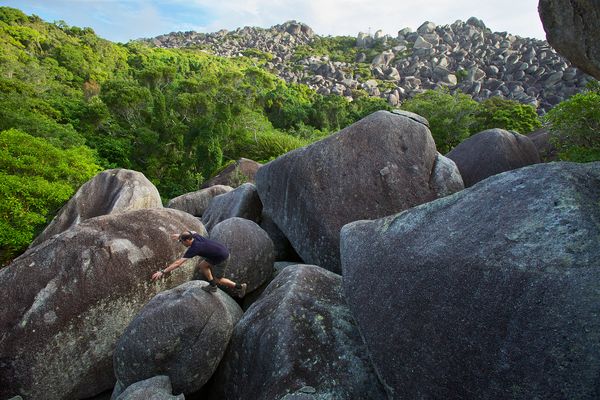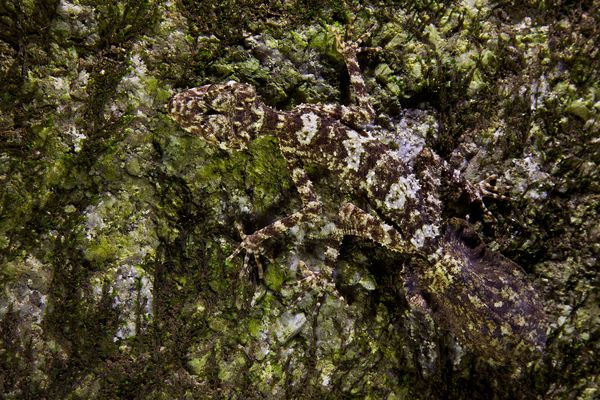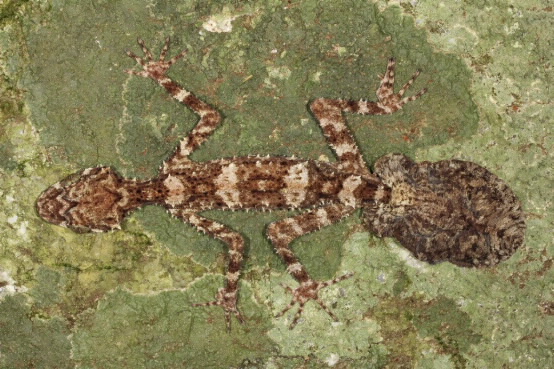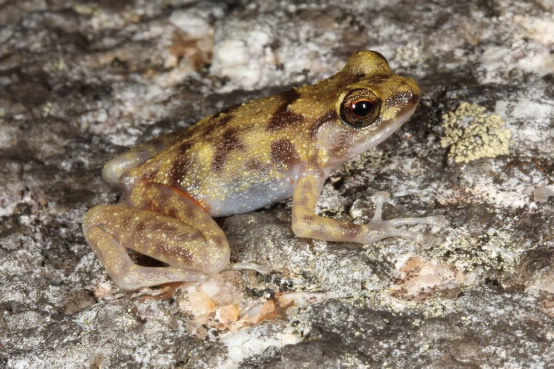Amazing Images from Australia's 'Lost World'

Lost World

Earlier this year, scientists set out to explore a place where few humans have tread: the rain forest of Australia's Cape Melville Range. Surrounded by massive boulders, the mountain range has been largely cut off for millions of years and is home to at least six unique vertebrate species that have evolved insolation. Three of those species were discovered during this year' scientific trek. The project was funded by the National Geographic Expeditions Council.
Amazing Camouflage

The skin of the newly discovered leaf-tailed gecko blends in with the reptile's environment in Cape Melville.
Cape Melville Shade Skink

This unusually long-legged skink was discovered during the expedition. It has been named
Gecko

The leaf-tail gecko climbs across a mossy boulder. Its new scientific name is Saltuarius eximius.
Rock-Loving Frog

Researchers discovered a new frog species living in the Cape Melville Range. It lays its eggs and lives most of its life deep in boulder fields, where conditions are dark and moist.
Big-Eyed Beauty

The leaf-tail gecko's huge eyes are an adaptation to help it see in the dark cracks between boulders.
Get the world’s most fascinating discoveries delivered straight to your inbox.



